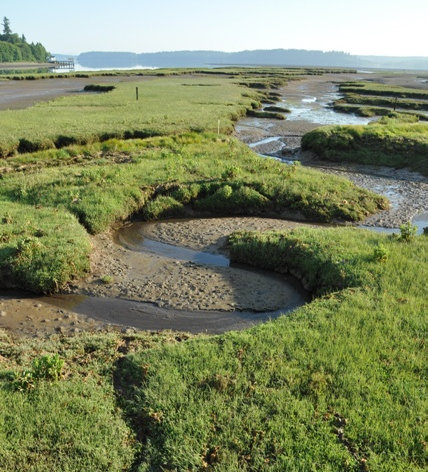Nisqually National Wildlife Refuge
There have been some big changes in the Nisqually National Wildlife Refuge. With dike removals in 2009 and new boardwalks in 2011, the trail system (and habitat) has completely changed. The Nisqually Refuge is on the Nisqually River Delta where the river empties into Puget Sound. The refuge was established in 1974 for the protection of migratory birds. There are three thousand acres of salt and freshwater marshes, grasslands, riparian, and mixed forest habitats provide resting and nesting areas for migratory waterfowl, songbirds, raptors, and wading birds. The freshwater of the Nisqually River combines with the saltwater of Puget Sound to form an estuary rich in nutrients and detritus, supporting a web of sea life and one of the largest remaining relatively undisturbed estuaries in Washington. Most major estuaries in Washington have been filled, dredged, or developed. This area is home to more than 300 species of birds, mammals, reptiles, amphibians, and fish.
WillhiteWeb.com - Puget Sound Hiking
Location:
Nisqually National Wildlife Refuge is located right off I-5 between Olympia and Joint Lewis McCord Base. From the north, take exit 114, go right at the traffic light & go under the freeway and make a right into the Refuge. The Refuge trails are open everyday from sunrise to sunset, the gate is locked each night.
Nisqually Estuary Boardwalk Trail:
The Refuge has approximately 5 miles of easy level walking trails. Your goal should be the new Nisqually Estuary Boardwalk Trail which is 2 miles one way to the Puget Sound Overlook. The second mile is the new section which is the most unique place in the refuge. The first mile is on the Twin Barns Loop Trail, then on a gravel trail on top of the earthen dike. The other trails can be seen on the return trip, making the total mileage around 5 miles.
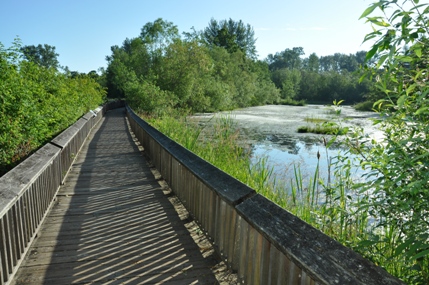
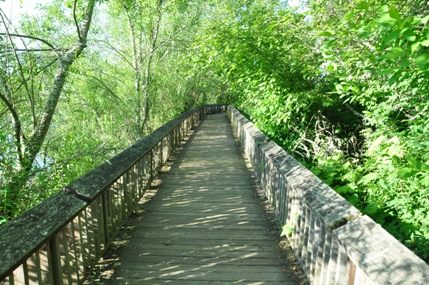
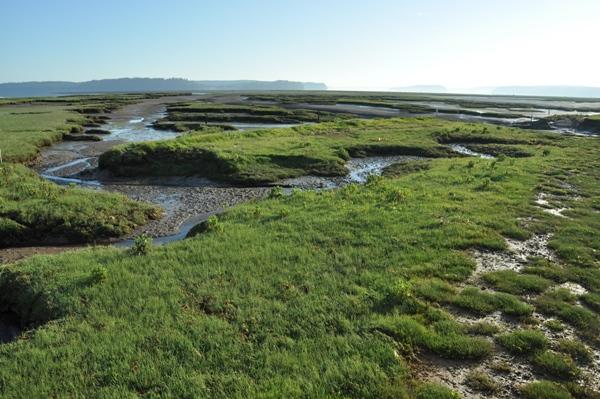
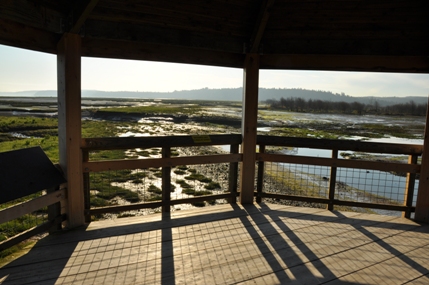
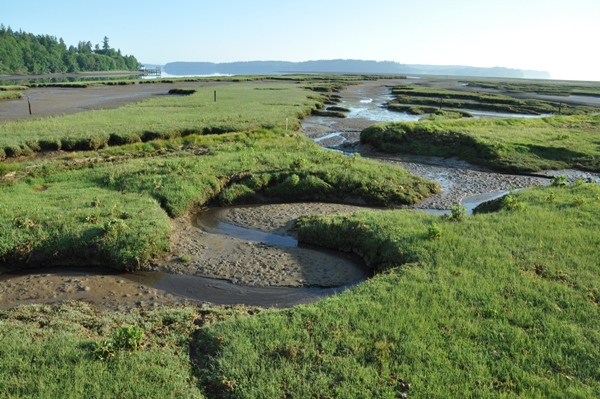
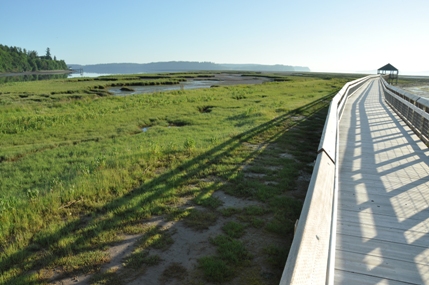
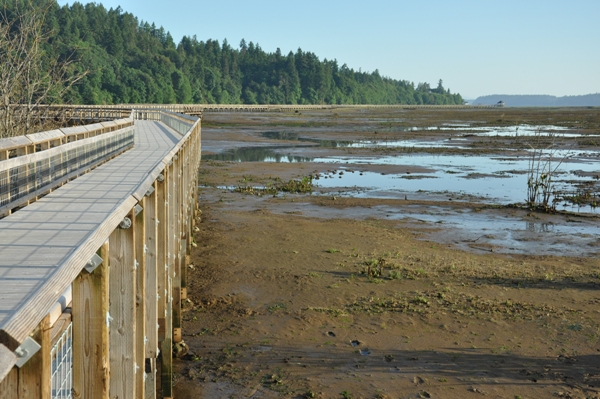
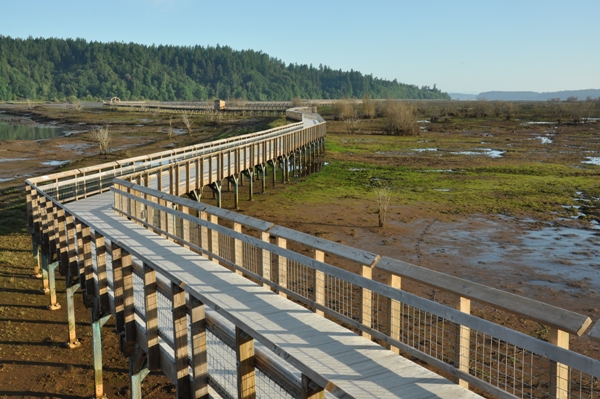
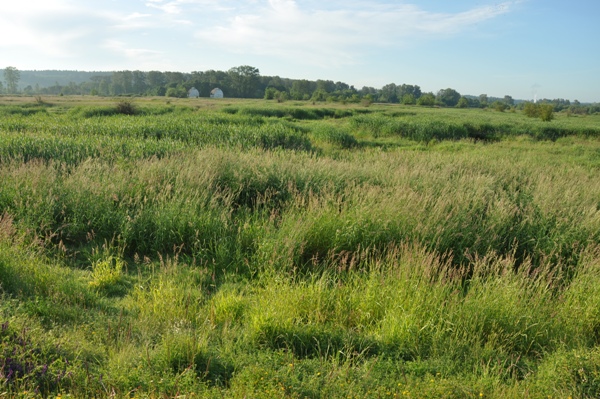
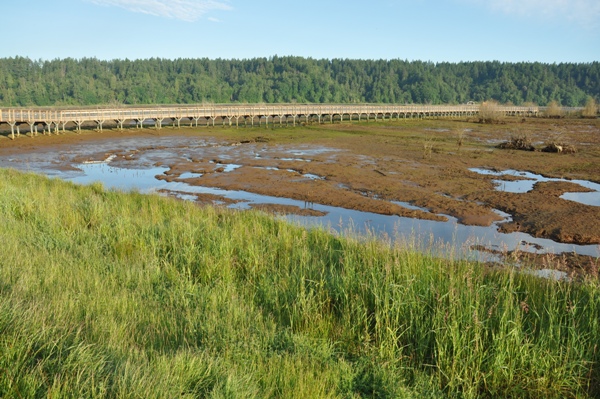
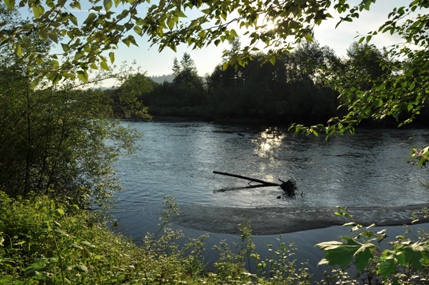
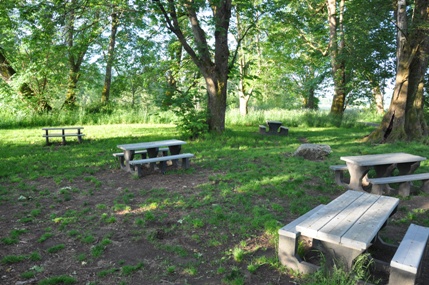
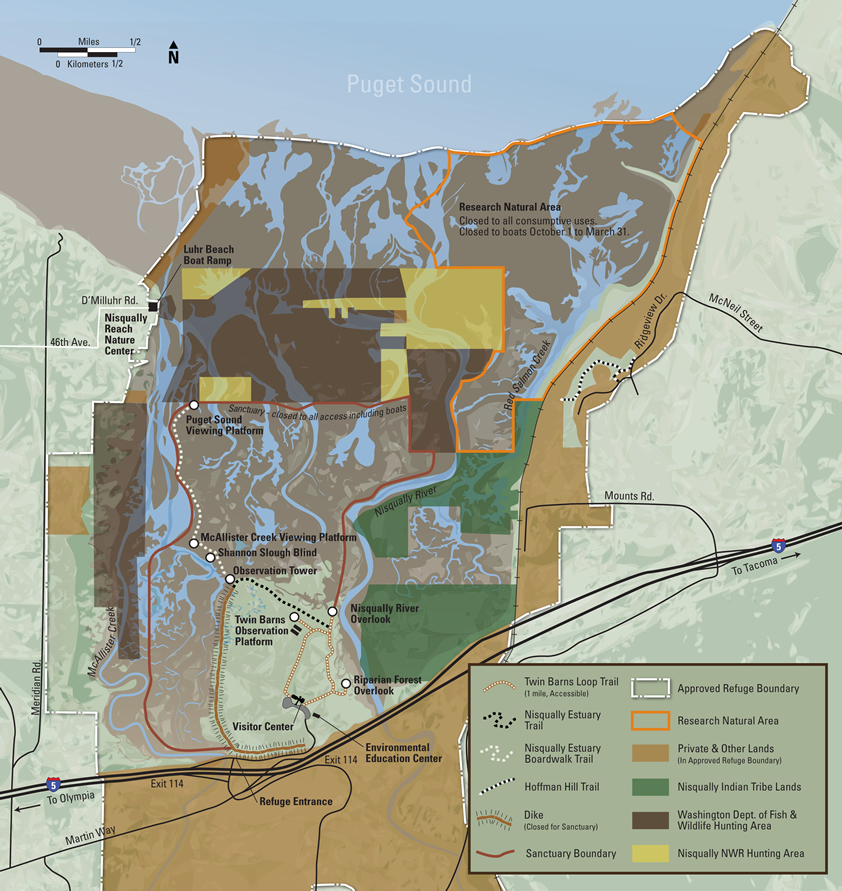
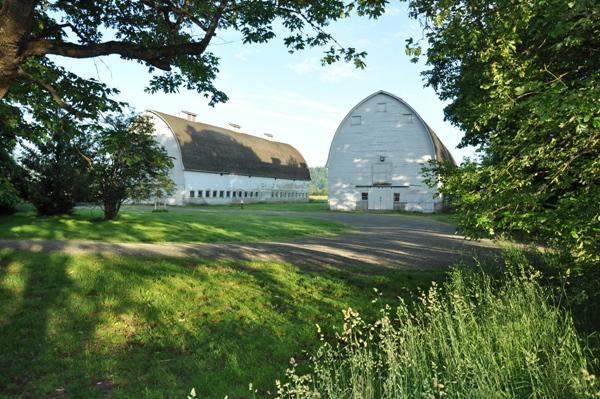
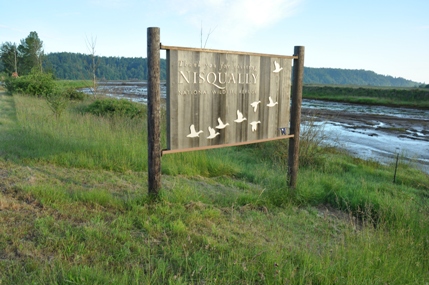
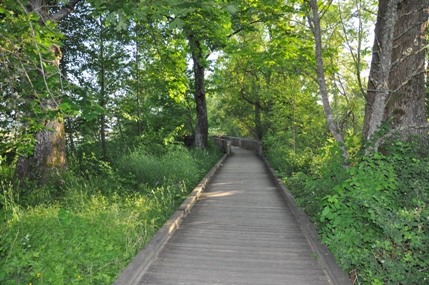
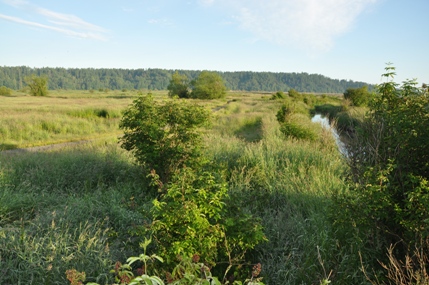
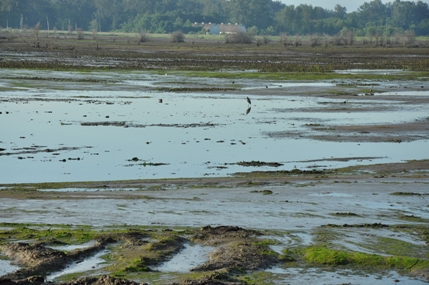
Nisqually Refuge Entrance Sign
From the Twin Barns Observation Platform
Twin Barns
Looking back to the Twin Barns in route to the Observation Tower
Nisqually River Overlook
Picnic area near the Twin Barns
Getting near the Puget Sound Viewing Platform
Puget Sound Viewing Platform
Mudflats
Looking out to Puget Sound from the end of the trail
From the Puget Sound Viewing Platform
View from the Observation Tower
Between McAllister Creek Viewing Platform & the Puget Sound Viewing Platform
The Boardwalk Trail
Twin Barns Loop Trail
Twin Barns Loop Trail
Twin Barns Loop Trail
Twin Barns Loop Trail:
If you can�t do 4 miles, the one-mile Twin Barns Loop Trail is a mile-long boardwalk that passes through woodlands, grasslands, and freshwater marshes, past the Twin Barns and an observation platform, ending back where it starts at the Visitor Center. There are three spur trails off the main trail: the Riparian Forest Overlook, the Nisqually River Overlook, and the Twin Barns Observation Platform.
Riparian Forest Overlook:
Is a short trail to an observation deck where the Nisqually River curves through a surge plain where tidal changes cause the River to spill into a wooded habitat.
Nisqually River Overlook:
This side trip goes to a observation deck with a mounted spotting scope for wildlife viewing along the Nisqually River.
Other info:
The last 700 feet of the boardwalk is closed seasonally from early October through late January during the waterfowl hunting season. There is a Visitor Center with a gift shop, an information desk and interpretive exhibits. It is open Wednesday through Sunday, 9:00a.m. to 4:00p.m. There is a small fee to park in the refuge. Pets, jogging, and bicycles are not allowed.
